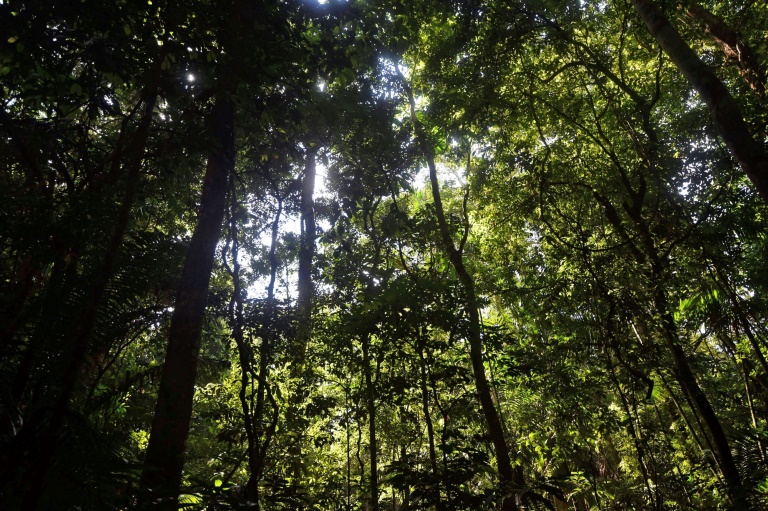NAIROBI, Kenya, Mar 21 – There is need to zone the country based on suitability of tree species for the ongoing national tree planting campaign to yield maximum results.
Jonathan Odongo, Kenya Environmental Education Network’s Executive Director told Capital FM News as the world marked the International Day of Forests on Wednesday that masses needed to be educated on types of trees to be planted in various regions of the nation.
Odongo said increasing the current forest cover from the current 7 per cent – according to statistics published by the Kenya Natural Resources Alliance (KeNRA) – to the ambitious fifteen per cent targeted by the government would require a well-coordinated approach to tree planting.
“Some species for example acacias, xanthophloea, and croton species are some of the trees are able to survive in dry areas,” he explained.
“Kenya Forests Service can come up with a list of species that every area can plant. We have high potential, medium potential, and dry areas. Various tree species are needed for various sections,” Odongo remarked.
While commending the government for launching the tree planting program aimed at achieving the globally recommended ten per cent forest cover, Odongo called for stern action against those found culpable of destroying forests.
“If we stop illegal logging activities through programmes such as have been initiated by the Environment and Forestry Cabinet Secretary, Keriako Tobiko, has already initiated and we plant as many trees as possible, we can achieve the forest cover we desire,” he said.
Similar sentiments were echoed by Thirdway Alliance party leader Ekuru Aukot who said agencies tasked with protecting forests must ensure offenders are brought to book.
Aukot who unsuccessfully contested the presidency last year, however, said during a tree planting exercise at the Dandora Sewer Treatment Plant in Ruai that citizens needed to take an active role in forest conservation.
“The problem has been enforcement when it comes to restraining people from invading our forests. Once people realize endangering the environment is endangering ourselves then that indiscipline will dissipate – it is not just about the government, it is about all of us,” the former presidential contender said.
The government is targeting to have at least 235 million trees planted by the year 2022 in order to achieve its ambition of a 15 per cent forest cover.
Environment and Forestry Cabinet Secretary, Keriako Tobiko, said when he launched the national tree planting campaign on March 7 at the Ngong Forest that minimum one million trees will be planted in each county, annually.
Speaking when he led another tree planting exercise to mark the International Day of Forests on Wednesday, Tobiko pledged to lead a relentless campaign to see forests preserved.
“Protecting our environment and forests is a shared responsibility that we shall relentlessly pursue to make our cities, among other urban and rural towns, environmental centres of excellence,” he said.
Tobiko was later expected to join the Kenya Defence Forces (KDF) in launching an initiative geared towards planting three million trees at Kibiku and Ololua forests.
Under the initiative, KDF soldiers under the ‘Environmental Soldier Program’ will plant two million indigenous trees at the Kibiku Forest and another one million at the Ololua Forest.
Kenya’s forest cover recorded a marginal increase between 2013 and 2017, moving from 5.3 per cent to seven per cent.
Diminishing forest cover has been identified as a key global challenge, the United Nations Forum on Forests in January last year undertaking to push for the expansion of forests by 120 million hectares by 2030, an area almost equivalent to the size of South Africa.
At thirty per cent of the total earth’s area, the current global forest cover is estimated at 4 billion hectares.
Poor forestry management around the world and carbon emissions have resulted in weather-related disasters which according to the World Meteorological Organization’s (WMO) 2017 Statement on the State of the Climate left 23.5 million persons displaced.
In the neighbouring Somalia alone, 760,000 persons were internally displaced according to the UN High Commissioner for Refugees and International Organisation for Migration.
WMO the State of the Climate also ranked 2017 among the warmest years in history, the others being 2015 and 2016.
The average global temperature from January to September 2017 was approximately 1.1°C above the pre-industrial era.










































